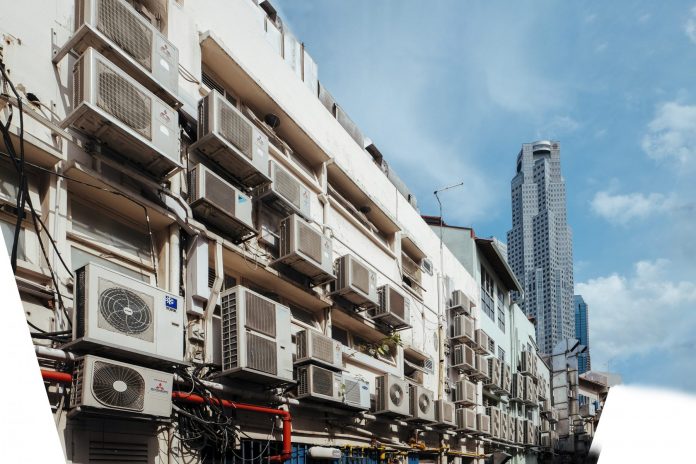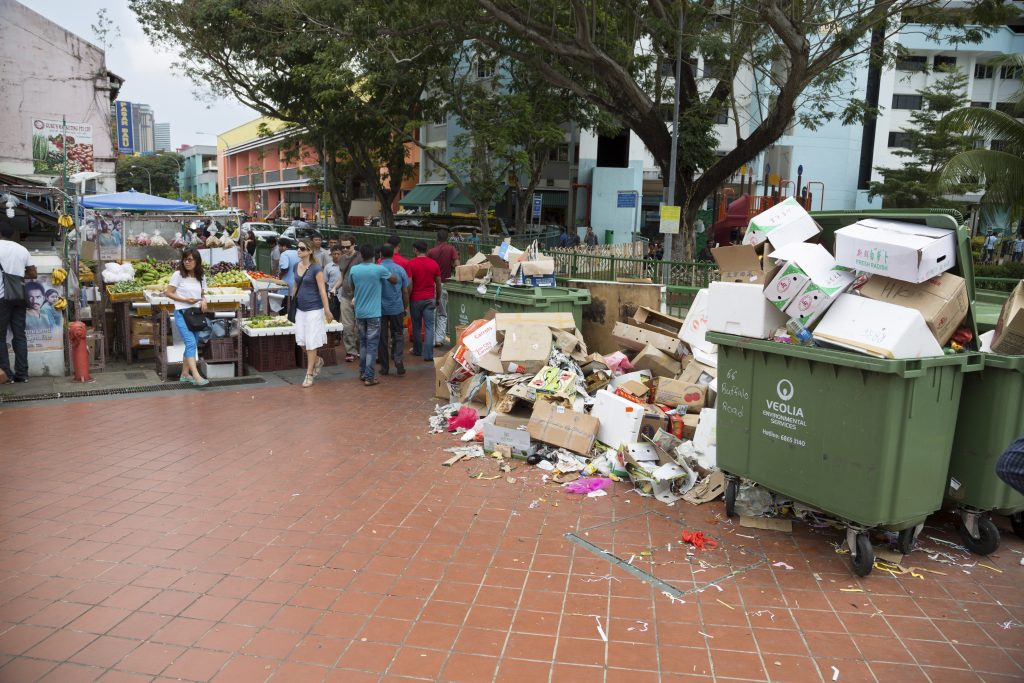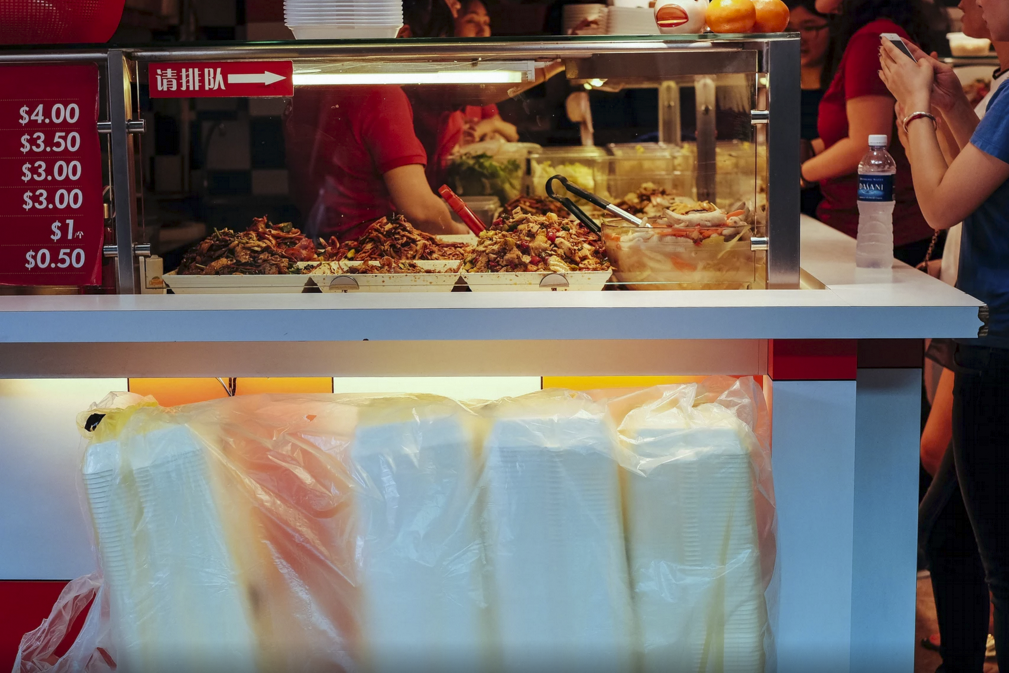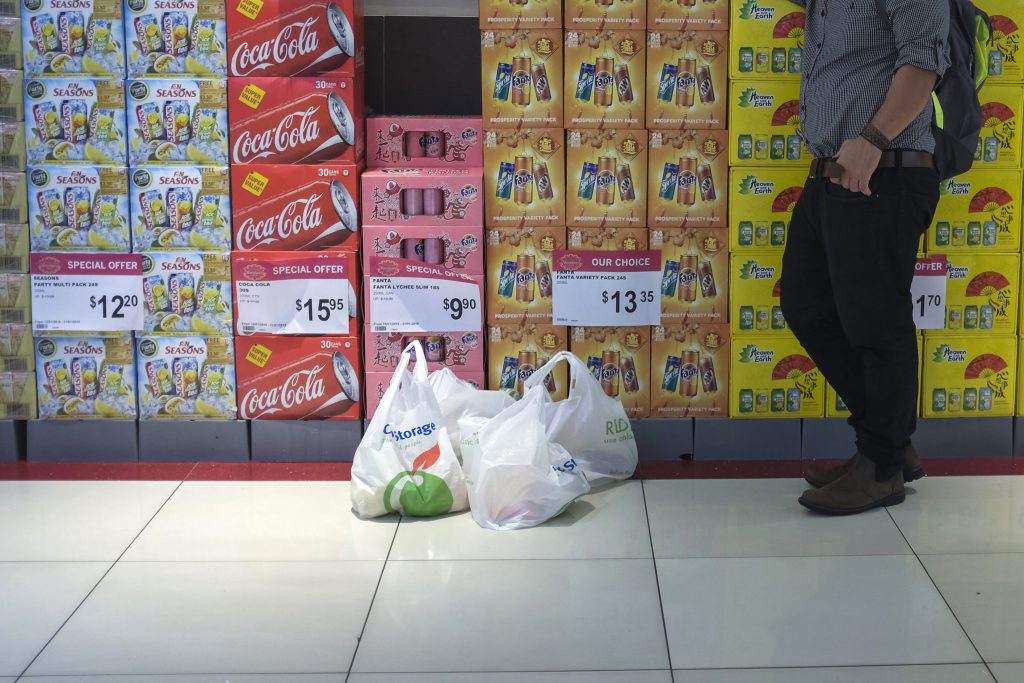
And what it means for Singapore
By Carolyn Oei and Marc Nair
The talks that took place in Paris from 30 November to 12 December 2015 indicate that most of the world agrees that protecting our environment and tackling climate change together is a duty. A key result of the talks was the Paris Agreement, which sees 195 countries agreeing to and adopting the first universal climate agreement.
Climate change is a divisive topic. Its proponents say that the Earth’s rising surface temperatures, also known as global warming, is due primarily to human activity, namely, the burning of fossil fuels, which releases carbon dioxide and other – now commonly known as “greenhouse gases” – into the air. Climate change activists and those lobbying for our reduced “carbon footprints” range from the United Nations to the David Suzuki Foundation to secondary school children in Southeast Asia.
Yet, there is a camp that scoffs at this stand. On its website, the International Climate Science Coalition, for example, states quite categorically that “science is rapidly evolving away from the view that humanity’s emissions of carbon dioxide and other ‘greenhouse gases’ are a cause of dangerous climate change.”

Then, there is Sir David Attenborough, the man who has been a champion for the environment, Mother Nature and all her creatures for the last 60 years on television. In a video interview with George Monbiot published on 22 January 2016 on theguardian.com, Sir David reminds viewers that environmentalism is a duty, not an interest.
So, is the general consensus that it is indeed a duty? And just how seriously are people taking this duty? In the Singaporean context, what are some of the effects of global warming that are being felt and actions being taken?
The Situation in Singapore
According to the country’s National Climate Change Secretariat (NCCS), Singapore’s average daily temperature rose from 26.6°C in 1972 to 27.7°C in 2014. Annual sea levels in the Straits of Singapore increased at the rate of 1.2 to 1.7 millimetres a year between 1975 and 2009. Also, from 1972 the number of warm days and nights have increased as the number of cool nights and days have decreased, a pattern that is projected to continue through to the year 2100.
Yes, it is extremely hot in Singapore. Plus, it rains when it shouldn’t and doesn’t when it should. Moreover, the tiny island-state, which measures 719.1 square kilometres, is becoming increasingly densely populated.
Singapore’s Intended Nationally Determined Contributions (INDC) states that it intends to reduce its emissions intensity by 36% from 2005 levels by 2030. “Emission intensity sounds simple but it really isn’t,” says Cuifen Pui, a founding member of Singapore Youth For Climate Action (SCYA), a newly-formed non-governmental organisation (NGO) that was represented at the climate conference in Paris.
“Unlike absolute emissions, emission intensity is tied to Singapore’s gross domestic product (GDP). If GDP increases by four times, emission intensity is halved, indicating efficiency even if absolute emissions have increased. Given that climate change is happening because of the build-up of greenhouse gases, we should be aiming to reduce our absolute emissions and not just emission intensity,” elaborates Pui.
And it is most likely that emissions will increase. 2030 is a year to watch because Singapore’s Parliament endorsed a population White Paper in February 2013, which states that Singapore’s population could hit 6.9 million by that time.
NCCS recognises this to be a challenge, which is why this intention is defined as “a stretch goal”. “Singapore’s INDC target must be viewed in the context of our national circumstances. As a small city-state, we have to accommodate not only housing and commercial developments, but also airports, power plants and industries within our limited land area. Our lack of access to alternative energy options also means that we are dependent on imported fossil fuels. Singapore’s early policy actions, such as switching from fuel oil to natural gas for electricity generation, mean that future efforts to reduce emissions will be challenging. Nevertheless, as a responsible global citizen, Singapore is committed to supporting global action to address climate change,” says an NCCS spokesperson.
A Matter of Convenience
This will certainly be challenging because the negative effects of creature comforts, convenience and consumerism – all traits that Singapore is notorious for – can only be multiplied with population growth.
In fact, there is no denying that Singapore is one giant air-conditioned bubble. It’d be far easier to identify spots that are not air-conditioned. Moreover, disposable cutlery and plates and dishes – typically Styrofoam and plastic – are de rigueur at most food courts and business seminar tea breaks. “It’s cheaper and saves us the hassle of replacing stolen platters and cutlery,” claims the lady who sells vegetarian food at Tiong Bahru Food Centre.

Styrofoam and many other processed materials cannot be disposed of without some environmental fallout. Trash in Singapore is typically incinerated or buried in an already-packed landfill on Pulau Semakau. The solution could be as simple as “cut the demand and you cut the supply”. But how would one cut the demand? Cue awareness and education programmes and campaigns.
What about Earth Hour?
One such campaign is Earth Hour, a charity initiative by World Wide Fund for Nature (WWF) based out of Singapore. It aims to raise awareness and empower a generation of climate change champions. “Despite the awareness, Earth Hour does not translate into permanent or at least a conscious change in people’s behaviour in terms of energy use,” says Pui.
Juliana Chia, a co-founder of SYCA, agrees. “In my opinion, Earth Hour has not been successful in Singapore. Not at all. Many people are unaware of this initiative, and even if they are, they prioritise convenience over conserving energy.”
Chia advocates a more pro-active real-life approach to education and awareness. “People really need to learn what life would be like without resources available to them at the flip of a switch or the push of a button. Imagine how terrified people would be if we conducted a water rationing exercise (like Singapore used to do in the 1970s). Would people even know when to collect water and how to ration?”
Requests were made of Earth Hour to provide details of effectiveness or public perception surveys if any had been conducted in Singapore, but no information had been provided at the time of writing.

Duty to Protect the Planet
According to the results of NCCS’s 2013 Climate Change Public Perception survey, it would seem that 40.1% of the 1,000 respondents thought it was the government’s responsibility to tackle the issue, up from 26.3% in 2011.
On the question, “Why do you think some people are not taking action to address climate change”, 37.7% said it was likely people didn’t know what action to take.
“Meeting our climate commitment will require everyone to play a part. We will promote climate awareness through public education and outreach programmes to instill behavioural change among businesses and individuals to make the necessary adjustments to reduce their carbon footprint,” says the NCCS spokesperson.
SYCA has similar findings. Pui highlights some results of a perception survey conducted as part of ASEAN Power Shift 2015 (APS), which included respondents as young as 10 saying that they “see climate change as a fact that is happening now with an uncertain future, but feel powerless.”
The NCCS spokesperson adds, “We believe that a person who wants action will only be ready to do so with the right resources, skills and self-knowledge. We are currently developing a three-month learning and leadership programme that focuses on a deeper understanding of the issues as well as a better sense of self. We hope the experience results in real impact that sustains long after the programme has ended.”
For more stories and photos, check out Asian Geographic Issue 117.










